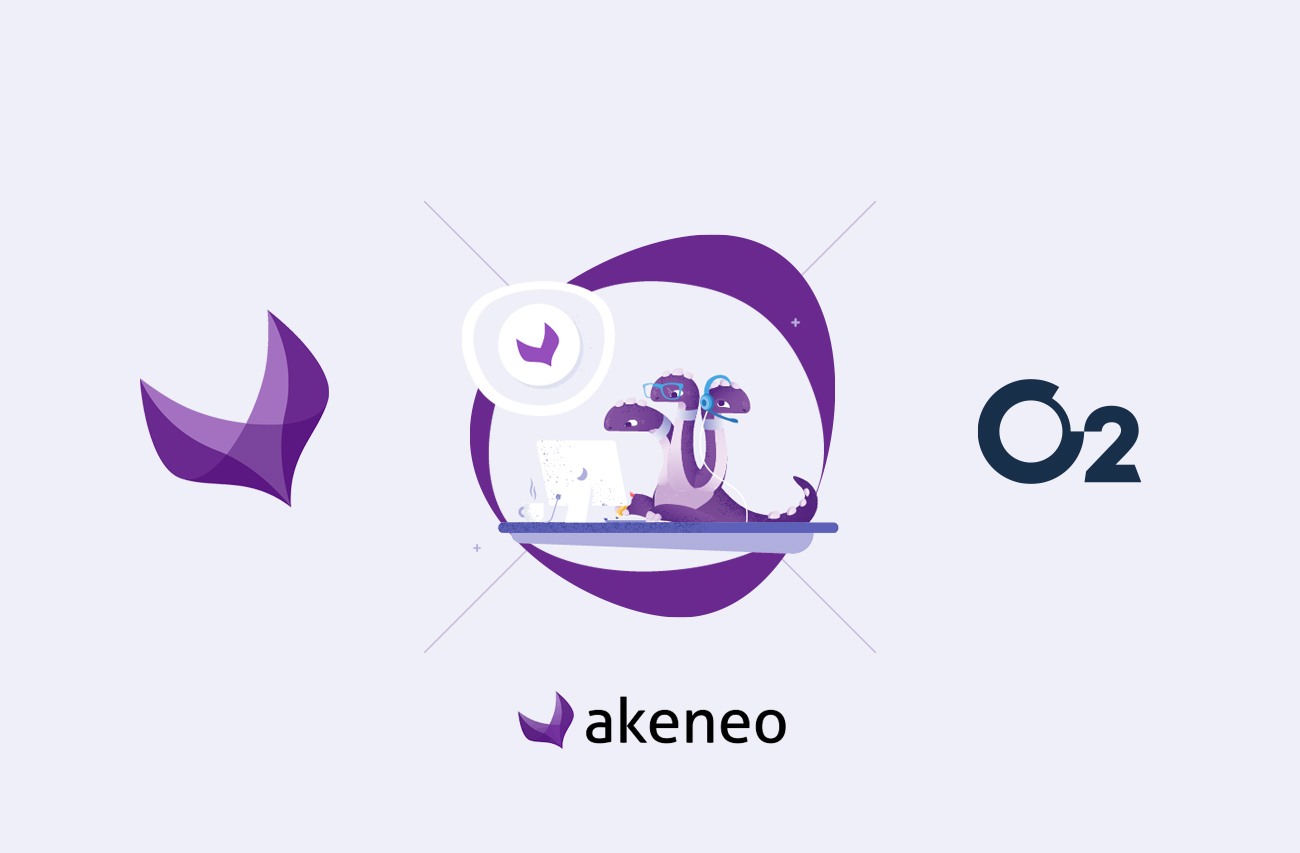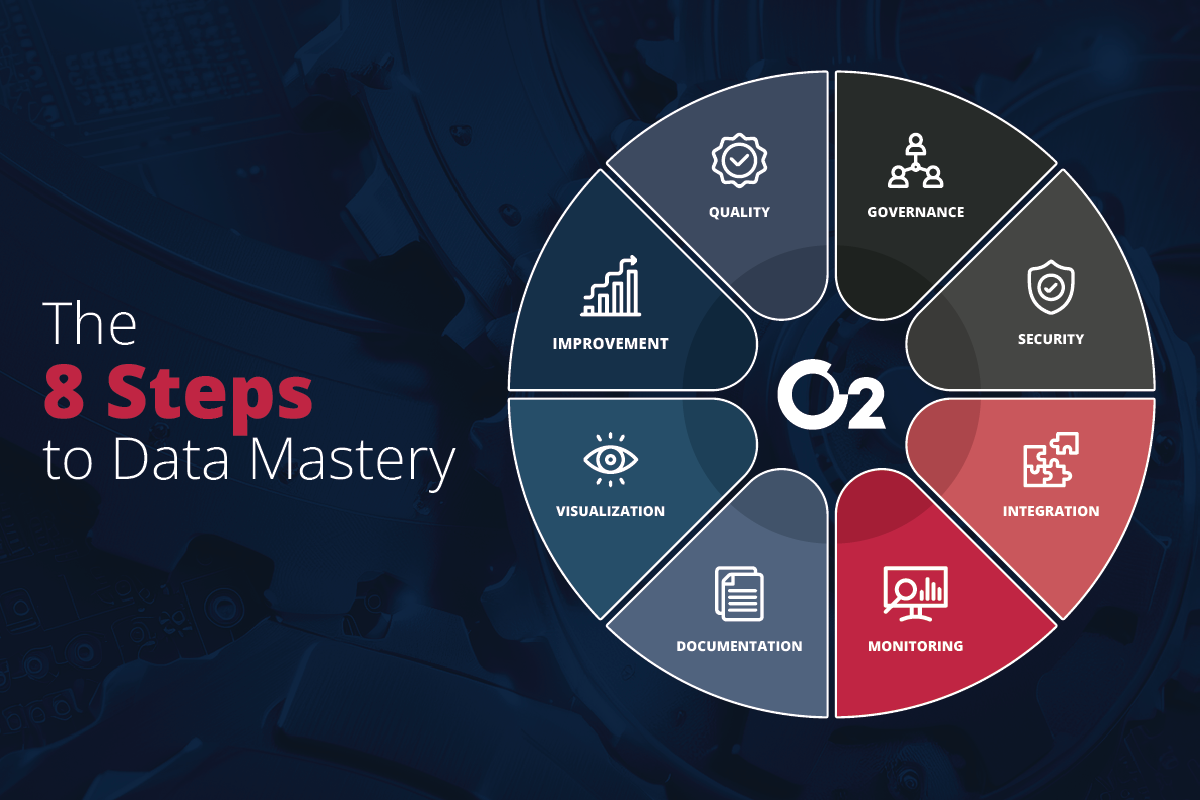
White paper | Data-driven B2B Commerce: How to leverage your data and deliver a personalized experience at scale
Each year sees new trends that generate sensational headlines and prognostications from industry experts warning that failure to adopt such trends will result in loss of market leadership. A few years back, the pressure was on for B2B companies to build storefronts in the Metaverse and to offer NFTs to their customers! But concretely, what are the REAL opportunities that stand out in the market?
The word AI is on everyone’s lips, but what about its real use in B2B commerce?
Through advanced algorithms and machine learning, generative AI found in technology like Bloomreach, analyzes user behavior, preferences, and historical data to create tailored segments for recommendations, product suggestions, and dynamic web layouts. Your data is now able to be the source of opportunity.
That being said, without clean and organized data, all of this is a pipe dream. We often see a lot of will but data becomes a hindering problem. Something as simple as a unique identifier is crucial but so many clients have had this problem. For this reason, at O2, we focus on data first and we help our customers better understand and organize their data.
Once this data work is done, generative AI facilitates real-time personalization, ensuring that users receive up-to-date and contextually relevant content. B2B sites can create a more engaging, efficient, and personalized web experience that meets the unique needs of each user, ultimately driving customer satisfaction and business growth.
Personalization: Products, Information, Instructions
Just about every aspect of personalization today can be infused by AI, ensuring that every website visitor has a positive experience every time they visit a site.
- Content personalization: AI-powered content management systems can deliver tailored content to website visitors, optimizing user engagement and conversion rates.
- Dynamic content: B2B sites can use dynamic content blocks to display customized messages, images, and offers to different user segments. Content blocks can include product recommendations, headlines, offers, role-based content, location-based content and more.
- Personalized recommendations: Recommendations extend beyond products to include content, resources, and services relevant to the user’s interests and needs, such as product bundles.
- Advanced user profiling: Rather than rely on static audience segments, AI helps B2B websites create more detailed user profiles, considering factors such as industry, role, purchase history, and preferences to offer tailored experiences.
Search & Merch
Search is a critical function for every website, and B2B sites, with product catalogs that have hundreds of thousands of products, or no exception.
But search is more than a tool to help visitors find the items they need. For site owners, search provides a B2B to cross sell, upsell, and promote product discovery with every search query. O2 Commerce refers to this added functionality as search and merch.
With search and merch, every site experienced catered to a visitor’s profile; a builder approach that combines site search functionality with online merchandising to tailor eCommerce site search results to fit specific criteria defined by the business.
By integrating smart search and merch techniques, businesses can ensure that the search results are not only relevant but also highlight the products they want users to see and act upon, such as trending products, seasonal items, and related products with higher profit margins. This approach aims to drive sales, conversions, and key performance indicators for e-commerce stores by curating search results in ways that align with business goals and enhance the user experience
Brand Discovery Tools
Much of the B2B customer journey begins prior to a visitor reaching a B2B site. Millennial and Gen Z buyers in particular are more likely to turn to information sources not controlled by vendors, such as technology websites and industry forums. Chat tools, such as Gorgias, customer data platforms (CDPs) such as Bloomreach, and CRM systems such as Salesforce or HubSpot play various roles in promoting brand discovery and enhancing the customer journey.
Chat tools allow you to centralize customer queries, regardless of the channel in which they’re generated, to a single repository so that your customer care or pre-sales team can respond in a timely manner.
CDPs collect and consolidate customer data from various sources, creating a unified customer profile, enabling you to tailor content to individual users. CRM systems can help you automate the sales process, enabling you to provide a higher level of personalized experience to smaller tier customers.
Combining these tools will allow you to provide a seamless and personalized experience for users by offering the right content and recommendations at the right time.
The future of B2B commerce: personalization at scale
“The future of B2B commerce is all about personalization at scale,” says Simon Robillard, VP of Sales & Marketing at O2 Commerce. “Data-driven commerce experiences are powerful tools to address this need. Companies can leverage these advancements to automate workflows, offer highly individualized experiences, and ensure every customer feels valued – regardless of their order size.“
Download our guide: “Data-driven B2B commerce”
Would you like to learn more about data-driven strategies in the B2B landscape? Download our free white paper “Data-driven B2B Commerce: How to leverage your data and deliver a personalized experience at scale.” You’ll find concrete strategies for harnessing your data in the era of personalized B2B commerce.



